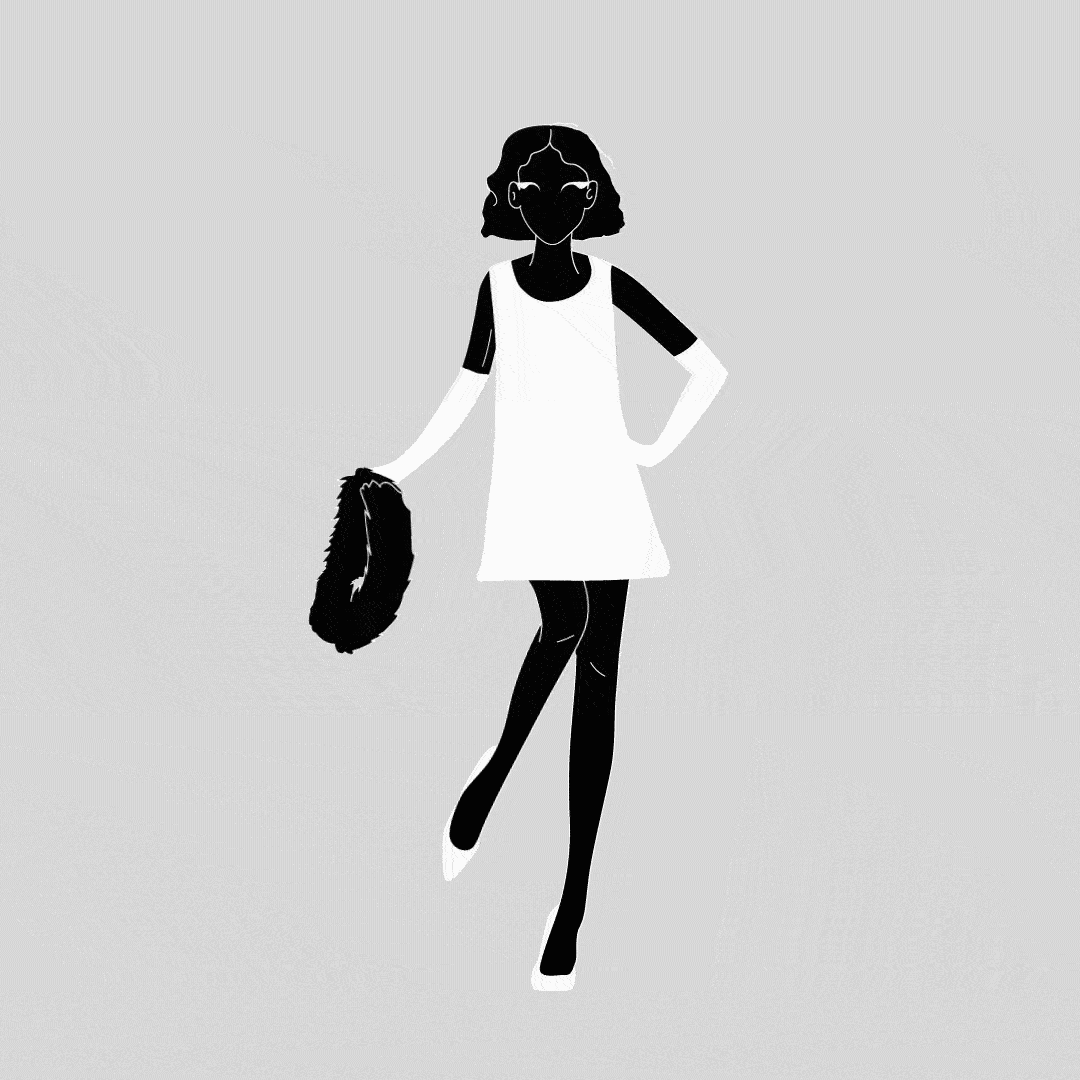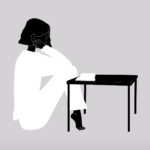DRAG CULTURE IS UNITING ALBANIANS AND SERBS
Drag culture, in fact, in addition to the history it is making between these two nations, has left other very important signs in history, especially in the history of the LGBTIQ+ community. Drag queens are artists, mostly male and / or men, that through the exaggeration of clothing and makeup, characteristics mainly defined for girl / women, challenge the roles of gender stereotypes, mainly for entertainment.
Ilustration by: Argjira Kukaj

Kosovo and Serbia, as two neighboring states historically are known for their strained relationships.
They are known for the wars between them, for the damages they have caused to each other, for political drama etc.
Despite all this, they have also collaborated together, which is rarely talked about from both sides. In fact, art is trying to unite these two nations especially in the last few years. The festival “Mirëdita, Dobar dan” which aims to improve Kosovo-Serbia relations through the promotion of culture and art, has been one of the first collaborative steps. In the last two years, collaboration and exchange of artistic values it is also made possible through a very new culture in the Balkans: drag culture. Paradoxically, this cooperation is taking place within a very oppressed and discriminated community of both nations, LGBTIQ + community.
Drag culture, in fact, in addition to the history it is making between these two nations, has left other very important signs in history, especially in the history of the LGBTIQ+ community.
Drag queens are artists, mostly male and / or men, that through the exaggeration of clothing and makeup, characteristics mainly defined for girl / women, challenge the roles of gender stereotypes, mainly for entertainment. Although, drag culture has been encountered since 1870, in the Balkans arrived later. Despite this, I believe that the drag culture is flourishing at a rapid pace in the Balkans, respectively in Kosovo.
The first cooperation between Kosovo and Serbia through drag culture, occurred during the magnificent 2019 Belgrade Pride event. Two drag queens from Kosovo gave an unforgettable performance in the middle of Belgrade with Albanian songs. Diva, one of the first drag queens in Kosovo, who performed in Belgrade, said that “the public received very well the performance of the Kosovar drag queens, despite our expectations. The public has been quite large in number, but they have given us unforgettable warmth and hospitality.” She is very optimistic about performing again in Belgrade, but doubts whether the Serbian public would welcome any drag performance with traditional Albanian values, namely with folk music, traditional clothing etc. Also, Diva would like to perform again in Belgrade, since she believes in the “sisterhood” of drag queens regardless of their ethnicity.
A few months later after this historic performance, a drag show was also organized in Prishtina, where again united the Serbian drag queens with the Kosovar ones. One of the organizers of this drag show, Jovan Ilic, expressed his satisfaction with the performance of the Kosovar drag queens in Belgrade as well as for cooperation between these two nations. He said he would be willing to invite drag queens from Pristina to the drag parties he organizes, as a DJ and activist.
Ostrag Mi, a drag queen from Belgrade performed with Albanian songs in the city of Prishtina with “very beautiful boys,” as she puts it. “Both countries must leave history behind, but never forget it.”
“Art knows no physical boundaries neither boundaries as well and speaks all languages. I would love to see drag queens in the Balkans cooperating.” The drag queen was quite optimistic about the drag culture scene in the Balkans, especially the diversity of drag queens in Belgrade and Zagreb.
Alexis VanderCUNT, a drag queen from Belgrade, also spoke quite positively about the cooperation between Kosovar and Serbian drag queens. The co-founder of “The Haus of Plastics” said that she would be very happy to perform in Pristina, especially because of the company she has here and for good cafes. “I believe that Serbian and Kosovar drag queens should cooperate and build bridges of cooperation, because nationality should not be something that can divide us,” says VanderCUNT.
The lack of media coverage by Kosovar and Serbian media, according to them, may have occurred because they do not want to show cooperation between two countires or may not have been well informed about the drag culture and the importance of this cooperation. Also, I do not have accurate information if there is a Serbian drag queen in Kosovo, but I would also like to see drag queens of different ethnicities within Kosovo cooperating with each other.
I am convinced that this cooperation is only a matter of time and I can’t wait to see it happen. This cooperation between drag queens from Belgrade and Pristina seems to be opening new avenues for a better and more neighborly future. Art, as always, is influencing the empowerment of one of the most historically oppressed communities, the LGBTIQ + community.
So, this cooperation, in addition to influencing the strengthening of the LGBTIQ + community, is also influencing the rapprochement between the two ethnic groups, which for several years now continue to be “tough” towards each other.
About the author: Agon Rexhepi,19 years old, is a student at University of Prishtina
This grant is supported by the ‘Civil Society programme for Albania and Kosovo’, financed by the Norwegian Ministry of Foreign Affairs and managed by Kosovar Civil Society Foundation (KCSF) in partnership with Partners Albania for Change and Development (PA).


